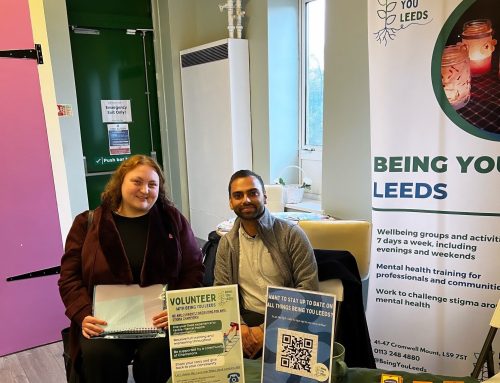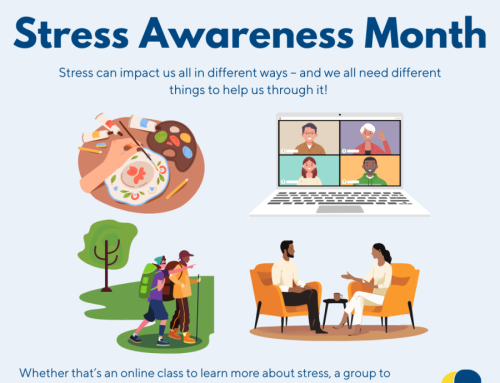Goal Setting
In Cognitive Behavioural Therapy (CBT), setting goals is an important and helpful part of therapy but is something that you may be able to start before your therapy begins. Very often, when people first start to think about goals in therapy they may say things like:
- “I want to feel happy”
- “I want to get back to my old self”
- “I don’t want to fee anxious”
Of course, when you are entering therapy, you want the problem to stop and to feel better! However, the three above goals are all very tricky to work towards and may not be as helpful as we intend them to be.
The first example is an attempt to set a goal about an emotion. Emotions are passing things and are a natural response to the situation you are in, so aiming for something like ‘happiness’ is not possible all of the time. It is normal and OK to feel a range of emotions appropriate to the situation. Of course, we all want to be able to feel happy but unfortunately it cannot be a permanent state! So, when we talk about goals in CBT, we are talking about concrete, objective goals relating to things you could do rather than how you would like to feel.
The second example is tricky because the aim is to return to some other time in your life. If we focus on how things used to be this can prevent us from moving forward. As much as we may wish we could turn back the clock to better times, sometimes it is more helpful to accept that things change but to think about the things that will help us now and in the future. However, if there is something that has been meaningful and enjoyable that you used to do in the past but have stopped doing, perhaps you could set a goal to return to that activity. If that is not possible, it can help to set a goal that helps to fulfil the same values. For example, someone who has hurt their back and can no longer play football may want to set a goal about going to watch football or starting to coach children’s football. In this example, the activity may not be exactly the same because the situation has changed, but it is a goal for the future that could fulfil the same values.
The third example is difficult because it is a goal about getting rid of something. To be helpful, a goal needs to be about what we want to do or have, rather than something we want to avoid. If we have a goal about not feeling anxious, this may mean that we avoid doing certain things that might actually help us or that we feel anxious about feeling anxious! Think instead about what you would be doing differently if you didn’t feel as anxious. Framing our goals positively (getting or doing something) rather than negatively (avoiding a negative or getting away from something) can also put a different spin on things. For example, think about whether you would rather ‘avoid debt’ or ‘make money’ and which sounds nicer and which sounds more likely to feel anxiety-provoking?
When thinking about goals, it is helpful to think about things you value or enjoy. The idea behind setting goals is that you are working towards something that will improve your mood, help you to connect with the things that are important to you and give you some reward for your efforts. So, rather than thinking about goals that may be a result of self-critical thinking e.g.’ I want to tidy up the house more ’, try to think about things that are be meaningful to you.
Once you have an idea of a goal you would like to work towards, it is helpful to make it as specific as possible. For example, you may decide that you would like to go swimming because you value exercise, it has meaning for you and it is something you would be doing if you didn’t feel low in your mood and low in motivation. However, this is not yet specific enough. A specific goal may be:
Go swimming once a week on a Tuesday evening for 45 minutes at my local pool with my friend Lucy.
This tells you exactly what you need to do, how much you need to do it, where, when and how you will do it. This way, you know when you have achieved your goal. To help make your goals specific, it can help to think SMART.
Specific: what exactly do you want to do?
Measureable: how much/how many times?
Achievable: set small goals at first and work up to larger more long-term goals.
Realistic: This will help you have the best chance of success. Only you will know this – for some people climbing Everest will be realistic – for many of us it is not!
Timed: how will you know when you have done it? Put a time limit on it or set a specific time to do it.
Once you have set a goal, you can then start thinking about breaking it down further in order to achieve it. If we think about the above example, the first thing I may need to do to work towards this goal is to look at my leisure centre website and find out the specific times the pool is open. I may then need to go out and buy a swimming costume, I might then need to call Lucy and see if she wants to go, etc. You do not need to achieve your goals instantly and it is OK for them to be a work in progress. For example, I might start by going swimming once a fortnight or I might only go for 20 minutes rather than 45.
Your therapist will help you to set goals and to work towards them but if you already have an idea about goals you would like to work towards, this will help you to hit the ground running once you start your therapy appointments. Good luck!





